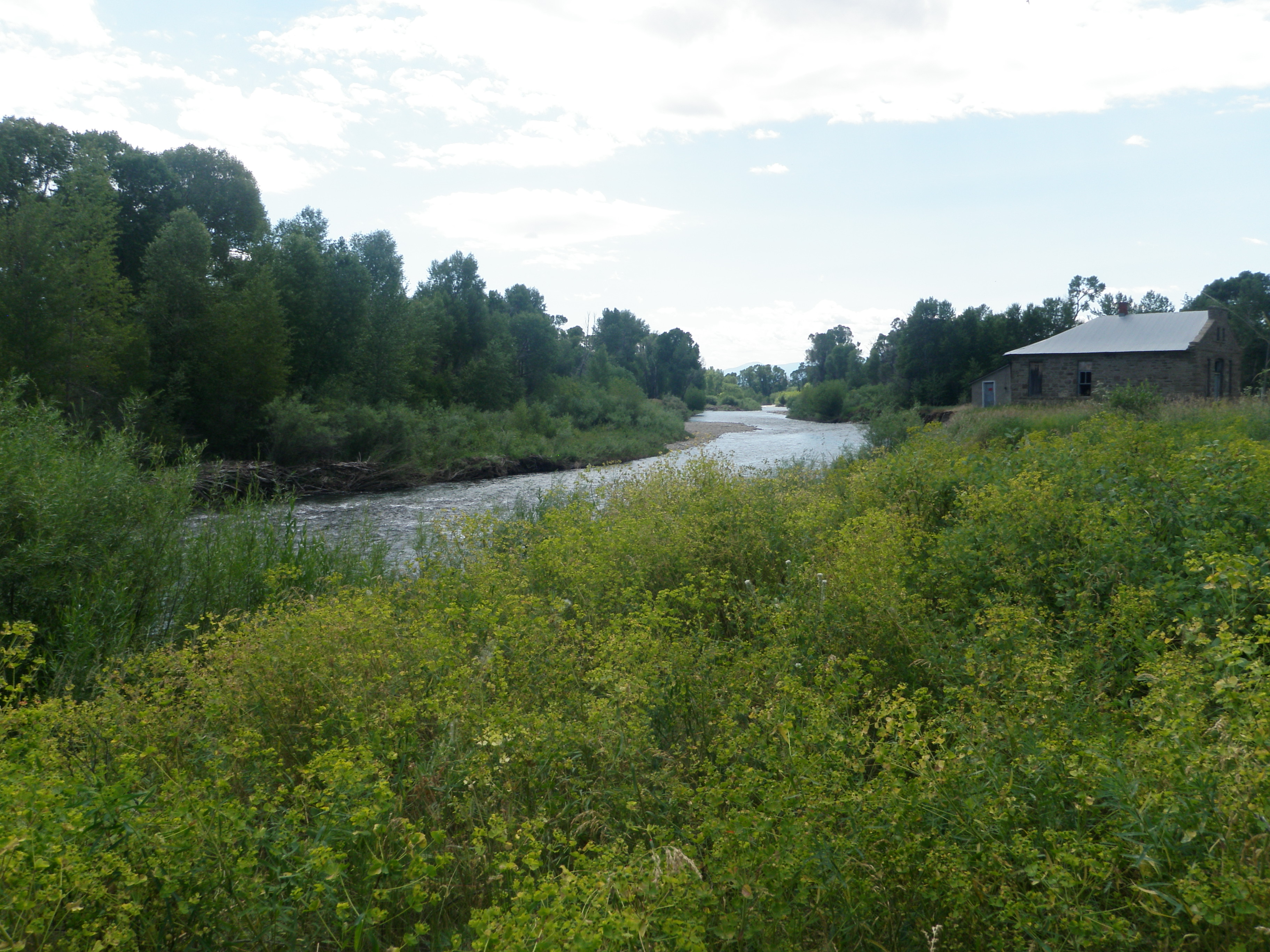Gone (for now), but not forgotten…
Smith River Project
The program utilized three primary outreach contact methods. The first is the inclusion of information about AIS and protecting the Smith in the floater packet sent to all permittees. The second contact comes via a post card mailed to the individual and timed to arrive about a week before their float. The final outreach contact occurs at the Camp Baker put in where all floaters are required to receive an informational briefing from a Smith River Ranger.
Riparian Weed Mapping
Riparian areas are among the most diverse and important components of our ecosystem. Healthy riparian areas act as filters to maintain water quality, reduce streambank erosion, maintain a higher water table, provide forage and shelter for livestock and wildlife, and provide recreational and fisheries values. However, riparian areas are especially vulnerable to weed invasion because they are easily degraded by natural and human-caused events.


